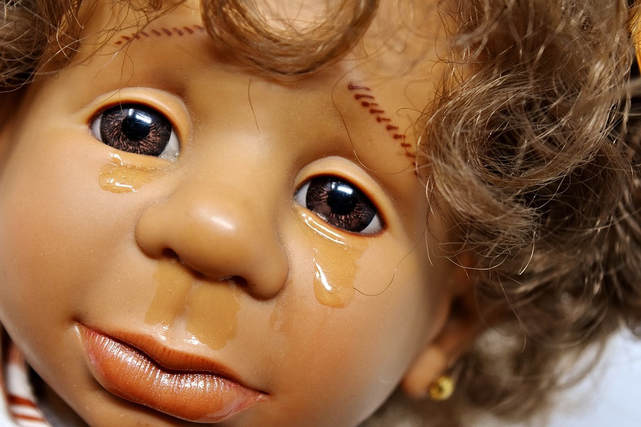ADHESED FASCIA IN CHILDREN
MORE COMMON THAN YOU MIGHT SUSPECT
The May issue of Practical Pain Management carried an article called Pain in Children that dealt with everything from HEADACHES, Growing Pains, Abdominal Pain, etc, etc. But since it did not tell me how many children are dealing with pain on a day-to-day basis, I went to the peer-reviewed literature. The December, 2011 issue of Pain (The Epidemiology of Chronic Pain in Children and Adolescents Revisited: A Systematic Review) had the statistics, but they were all over the place. “Prevalence rates ranged substantially, and were as follows: headache: 8-83%; abdominal pain: 4-53%; back pain: 14-24%; musculoskeletal pain: 4-40%; multiple pains: 4-49%; other pains: 5-88%. Pain prevalence rates were generally higher in girls and increased with age for most pain types.“
Several months prior to that, The Scandinavian Journal of Caring Sciences (Pain in Children and Adolescents: Prevalence, Impact on Daily Life, and Parents’ Perception, A School Survey) came to similar conclusions. “Pain problems in children and adolescents have increased during the last 20 years and have been identified as an important public health problem. Sixty per cent of the children and adolescents reported pain within the previous 3 months. Pain increased with age, where girls aged 16-18 years reported the most pain. Total prevalence of chronic pain was 21%. Children reported impact on social life; inability to pursue hobbies, disturbed sleep, absence from school, and inability to meet friends because of pain. The girls reported significantly more frequently disturbed sleep, loss of appetite, and use of medication, compared to the boys. There was little agreement between parents and children regarding pain. Pain is a common problem and influences the daily lives of children and adolescents.” This statement raised a couple of good questions. Why would pain be increasing in children, and why would there not be much agreement between parents and children about said pain? Answering these two questions will help get us to the crux of the matter.
Many, if not most, of the most common forms of Childhood Pain are FUNCTIONAL. In other words, when we look at things like MRI or blood work, there is no overt pathology present. And as far as musculoskeletal pains go, much of this inability of doctors not being able to determine what is really wrong with a child has to do with the fact that FASCIA DOES NOT IMAGE well with standard tests despite the fact that it is far more linked to health (or a lack of it) than you have ever imagined (HERE). Even though various forms of MUPS are thought to be the most common reason for physical problem in America, patients (in this case, children) are sent home and their parents are told there is nothing really wrong with them (Growing Pains is the most common ‘bucket diagnosis’ for this age group). Thus you can see the reason that there is disagreement between parents and children. And as far as non-musculoskeletal problems in children, THIS POST should begin to help you understand the discrepancy.
WHAT CAUSES FASCIAL ADHESIONS IN CHILDREN?
To grasp this concept, you first have to understand what Inflammation really is (HERE). Secondly, you have to realize that there are any number of things that can drive it (GLUTEN, MOLD, YEAST, DYSBIOSIS, screwed up MICROBIOMES, a LEAKY GUT, MERCURY TOXICITY, HIGH CARB DIETS, etc, etc, etc). And finally, it is critical to realize that the end result of Inflammation is always the same thing — Scar Tissue and Fibrosis (HERE, HERE, HERE, and HERE). I have seen Fascial Adhesions in very young children (my own son had some issues in his neck as the result of a minor TRAMPOLINE incident when he was four or five). One of my “EARLY PATIENTS” this morning was an 11 year old gymnast with OSGOOD SCHLATTER SYNDROME — a perfect example of a painful childhood condition that is tissue-based.
SOLVING PAINFUL CONDITIONS IN CHILDREN
The really cool thing is that when it comes to ADJUSTING CHILDREN, few things are easier. And as for the BRUISING associated with clearing out problems with the Fascia, not only do I rarely have to get that intense with really young kids, if I do, they almost universally tolerate it better than you might think. And the neat thing is, many of these changes are IMMEDIATE, as opposed to requiring months of treatment — or using DANGEROUS DRUGS to mask symptoms, while hoping (keep those fingers crossed) that the problem eventually takes care of itself. If you are looking for some general guidelines, HERE they are.

